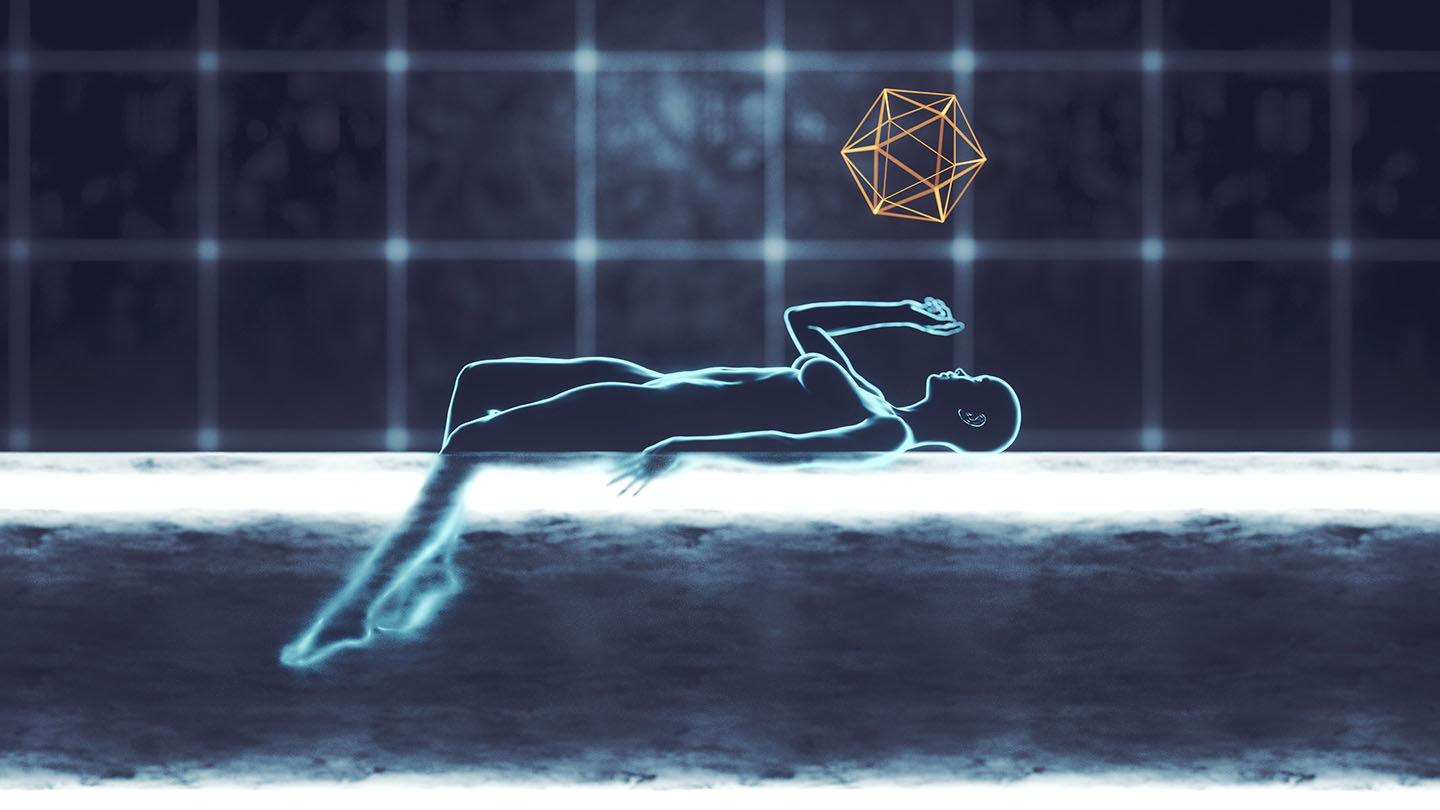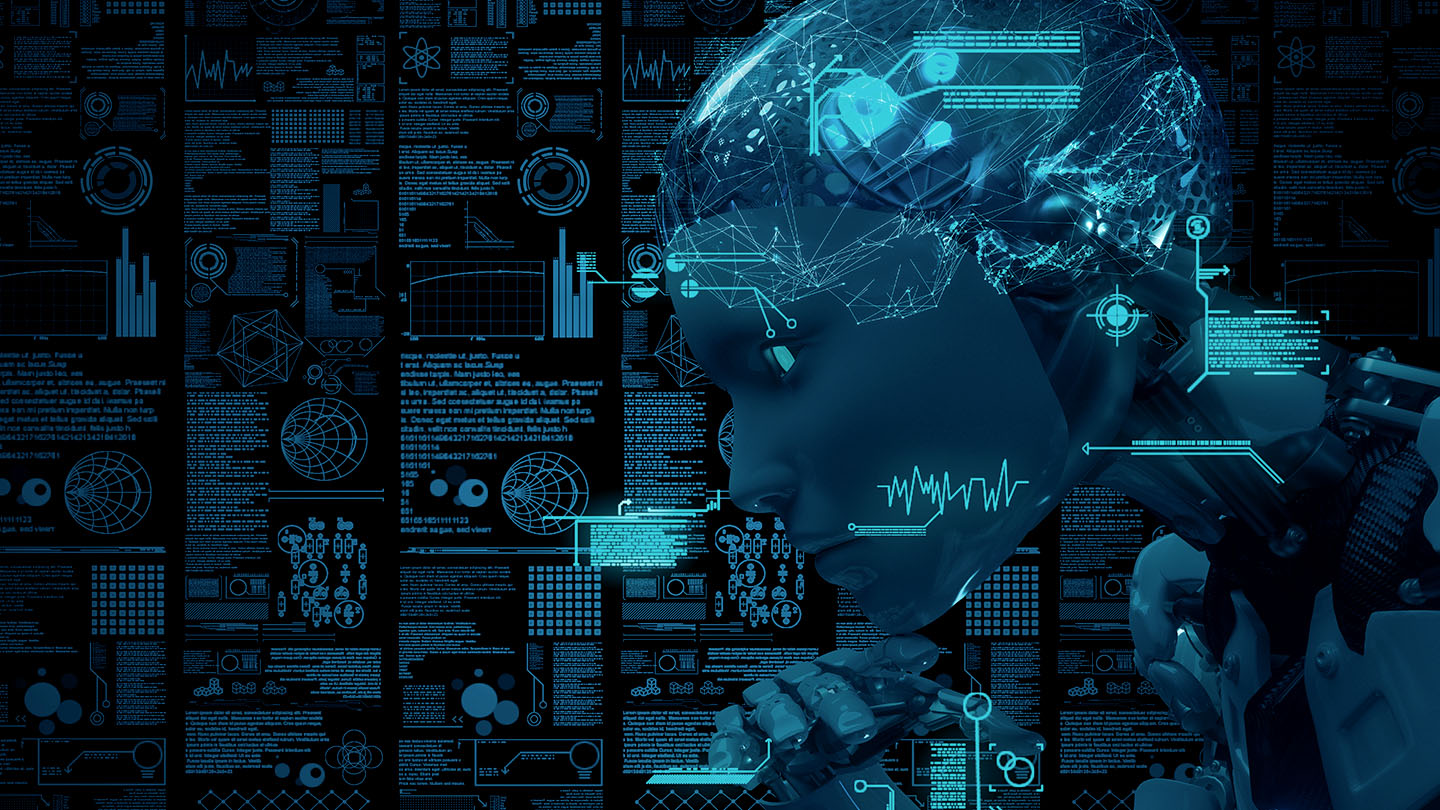A virtual world of possibilities: Discover how VR can make you healthier
When is comes to virtual reality, our minds tend to wander in the direction of exciting, fast-paced visual experiences like gaming, arcades and so on. This mainstream conception of VR is reinforced with the ever-increasing advancements happening in media and entertainment, like the creation of eye-tracking and VR films.
However, recently VR is becoming more widely used outside of the industry, making appearances in space travel, education, and—perhaps most surprisingly—healthcare.
The mass adoption of VR in modern society has opened up a whole world of possibilities, especially in the medical sector. With research happening in pain management, mental health and rehabilitation, just to name a few. It’s clear that VR has a firm place in our future, and this altruistic use is looking particularly bright.

Top of the class
The adoption and implementation of VR in healthcare predominantly resides in medical training and teaching, offering new learning opportunities for both students and professors.
Previously, students would practise on cadavers which—unless you’ve been dropped into a horror movie—don’t respond in the same way a live person would. VR transports you into a virtual body, offering replicars of any part of a patient's anatomy or 360° reconstructions of surgical procedures. It creates a no-risk environment, students can make mistakes and not only see the consequences of their actions, but without harming anyone in the process.
It also enables professors to create new tasks and learning materials, as it offers endless possibilities and virtual resources that they wouldn’t necessarily have access to otherwise, making even the most intricate and expensive surgeries possible in a virtual capacity. Students are given better opportunities to reach their full potential, with professors guiding them through the procedures as they go.
Perhaps the biggest benefit is that real-life environments can be created, whether it’s common procedures or pressured surgical operations, like open heart surgery. Medical students can experience these as if they were actually taking place, giving them the real world experience they need to succeed.

You won’t feel a thing
VR has the power to transport you anywhere, just by putting a headset on. Pick a country, and you could be transported there in seconds, and soon this becomes your reality. It offers a distraction, a user often becoming so immersed it’s hard to get their attention.
It makes sense, then, to utilize this.
Hunter Hoffman, Research Scientist, and David Patternson, Professor of Psychology at Washington University, did just that. Taking the idea of mental distraction and applying it to medical procedures, their aim was to reduce the amount of pain patients were feeling by focusing their attention elsewhere.
Hoffman and Patternson created a program called SnowWorld, which sends patients flying through vast icy landscapes, arming them with snowballs to throw at penguins, snowmen and even the occasional woolly mammoth to score points. They hoped the virtual environment would be enough to distract them from the pain they were experiencing in the real world, especially when their wounds were being cleaned.
It proved to be an unmitigated success, reducing the pain experienced by patients by almost 50% and showing evidence of reducing pain-related brain activity. Since they published their first study in 2000, they have released numerous other research studies supporting the program and the use of VR to reduce pain.
Since then, others have committed themselves this research.
One of whom is Dr Jose Luis Mosso Vazquez, who took it a step further. Where Hoffman’s research revolved predominantly around cleaning wounds, Vazquez used VR as a way to distract patients during surgical procedures. The idea being that the immersion of the VR would draw their attention away from the procedure taking place, and more importantly the pain.
By doing this, there becomes less of a reliance on medication, with sedation being either halved or not used at all during these surgeries. Being able to perform this kind of procedure is truly groundbreaking, especially in places were medicine is not readily available or too expensive. It’s been estimated that the use of VR has the potential to reduce the cost of surgery by 25%.
With this influx of experimentation of VR for pain management, a surgence of programs have been developed specifically for this use. These tend to involve more tranquil environments. Research proves that whilst violent games are by all means distracting, playing them causes the patient’s blood pressure to rise from the excitement, increasing the risk of uncontrolled bleeding. Whereas a peaceful environment makes the patient feel calmer, whilst also capturing their attention.

A safer world
The number of people seeking help for mental health issues is rising rapidly. VR is offering new solutions for therapists and their patients, and proving to be a valuable part of their experience.
Virtual reality therapy, or VR therapy, has been shown to help people with both physical and psychological problems, ranging from phobias and anxiety to PTSD, or even as an alternate way to treat those who don’t respond to conventional therapy.
Its ability to transport you anywhere is what gives VR its power as a tool, not just in therapy, but in healthcare as a whole. It enables the creation of interactive, task-based environments much like those seen previously, which can then be manipulated to a patient’s specific needs. For example, a common technique for treating phobias is for a patient to face their fears in a virtual environment, before trying to overcome it in the real world.
And it doesn’t stop there.
VR has also shown itself to be a vital part of helping people with autism. While most of the programs are for children, they offer the opportunity to learn about things they wouldn’t normally understand, i.e different facial expressions and people’s body language.
It’s not just happening in the therapists’ office either, innovators are utilizing this technology to create apps and games that can be used in schools or in the safety of their own home.
Floreo is one of the leaders doing this, offering innovative programs designed specifically for children with autism. Co-founded by Vijay Ravindran, who conceived the idea after seeing his autistic son’s use of VR for the first time, Floreo offers a whole library of different lessons. From gestures and crossing the street, to school social skills, Floreo and programs alike are helping children build better social and communication skills, connecting them with not just their families but the larger world.
With the prolific adoption of VR happening worldwide, headsets are becoming cheaper and more readily available. Whether it’s at home or in therapy, more people can experience the benefits of these programs, and of VR therapy as a whole. From therapists and practitioners to teachers and families, VR therapy is proving to be pivotal in helping those with a broad span of issues, which can only continue to develop in the future.

A new technological age
VR is revolutionizing healthcare and it’s not even begun to reveal its full capabilities yet.
While much of the research mentioned above is still in its infancy, you can expect to see an increasing use of VR within different areas of the healthcare sector. VR has the capability to improve the accuracy and efficiency of procedures, save money, and provide more aid to those who need it. Even now, it’s branching out into other areas, like training surgeons for the use of robotics in surgery.
We already live in such a technological world and are often told of the nightmares that are going to come because of it. Yet with VR, the results speak for themselves, and we are set to progress into a new, more advanced technological age, but one that aims to help—not hinder.


